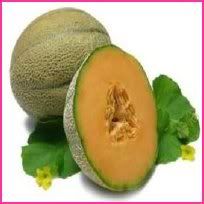
Occasionally semi-established in wild in thickets near dwellings or settlements.
Constituents
- Phytochemical studies revealed the main constituents to be alkaloids, flavonoids, saponins and carbohydrates.
- Contains allamandin, a toxic iridoid lactone.
- As the name implies, the leaves, roots and flowers may be used in preparing a powerful cathartic.
- Milky sap is considered antibacterial, possibly anticancer.
- Study of phospholipid fatty acid composition yielded 7-Methyl-5,9-octadecadienoic acid.
Properties
- In the Philippines, whole plant is considered poisonous.
- Purgative, cathartic with hydrogogue effect, healing, diuretic.
Parts utilized:
Leaves and bark.
Uses
- The plant draws its name from Allamand, who made the plant known a century and a half ago, who used a cathartic infusion of the leaves for colic.
- Infusion of leaves in moderate doses is an excellent cathartic; in considerable doses, it is purgative and a violent emetic.
- The bark and latex in small doses are considered cathartic; in large doses, poisonous.
- Decoction of the bark is a hydragogue; infusion of leaves is cathartic.
- Decoction of leaves in small doses used as antidote for poisoning.
- Extract of leaves used for colic and as laxative; in large doses causes diarrhea and vomiting.
- In Trinidad, used for treating malaria and jaundice.
- In Guiana, the latex is used as a purgative and employed for colic.
- In Surinam, the plant is used as a cathartic.
No comments:
Post a Comment